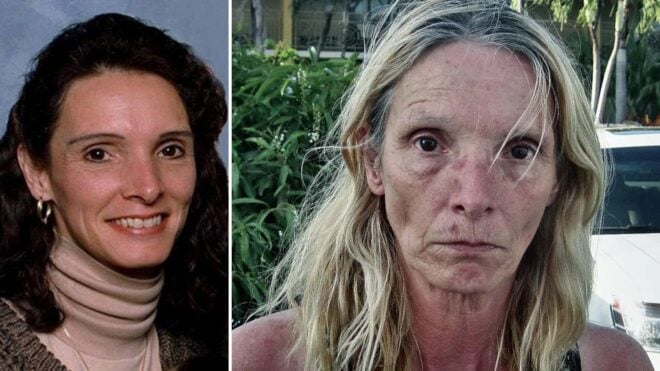Most people spend a lot of time staring at themselves in the mirror. Whether we're doing our makeup, applying face creams, picking at unsightly pimples, or just examining our features, we all spend hours each week (or maybe even each day) looking at ourselves in the mirror.
However, are we really looking at the right things?
In reality, there are a lot of things we should be looking for when we stare into the mirror. There are a lot of signs and symptoms we should all know about.
Although we all know the major signs that we might be unhealthy — high cholesterol, high blood pressure, etc. — there are other sneaky signs that show we're not healthy.
From unseasonably cold feet to rough and dry skin and not-as-full eyebrows, you might never realize that these symptoms could actually be signs of something more serious.
Read on to find out the 14 sneaky signs that you are not healthy.
Thumbnail Source: Pixabay
Signs To Look Out For
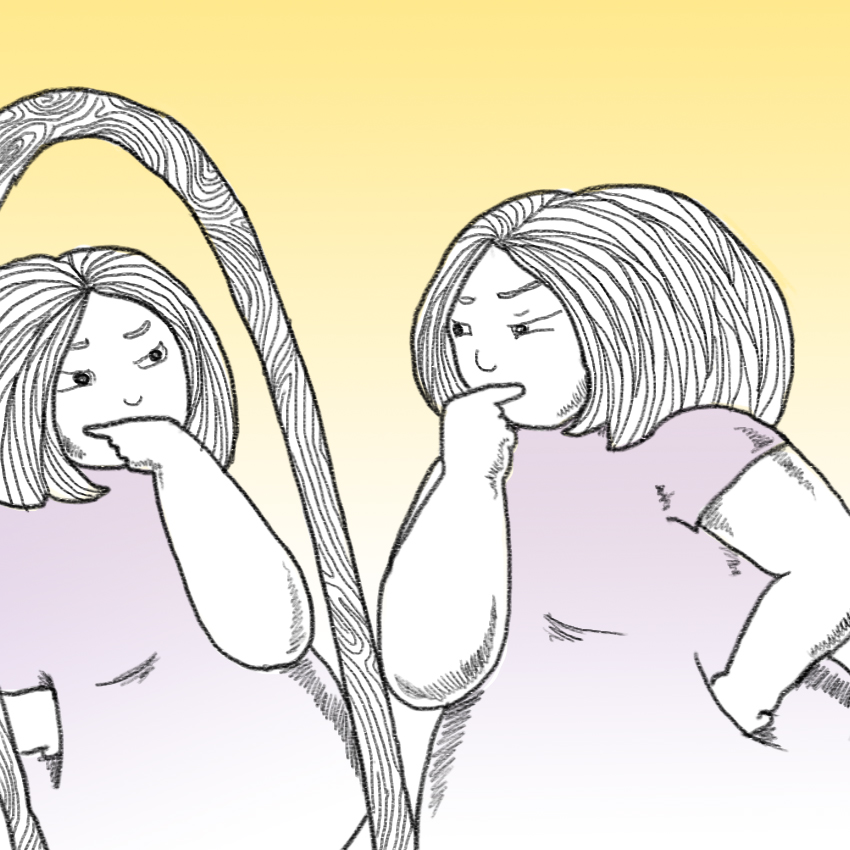
If we don't have any major health concerns, most of us assume we're relatively healthy.
When I look in the mirror, it's generally to fix my makeup and stare at my blackheads.
But apparently I should be spending more time looking at the white parts of my eyes, the length of my eyebrows, and the number of gray hairs I find — they could be signs I'm less healthy than I think I am…
1. Going Gray Before 40
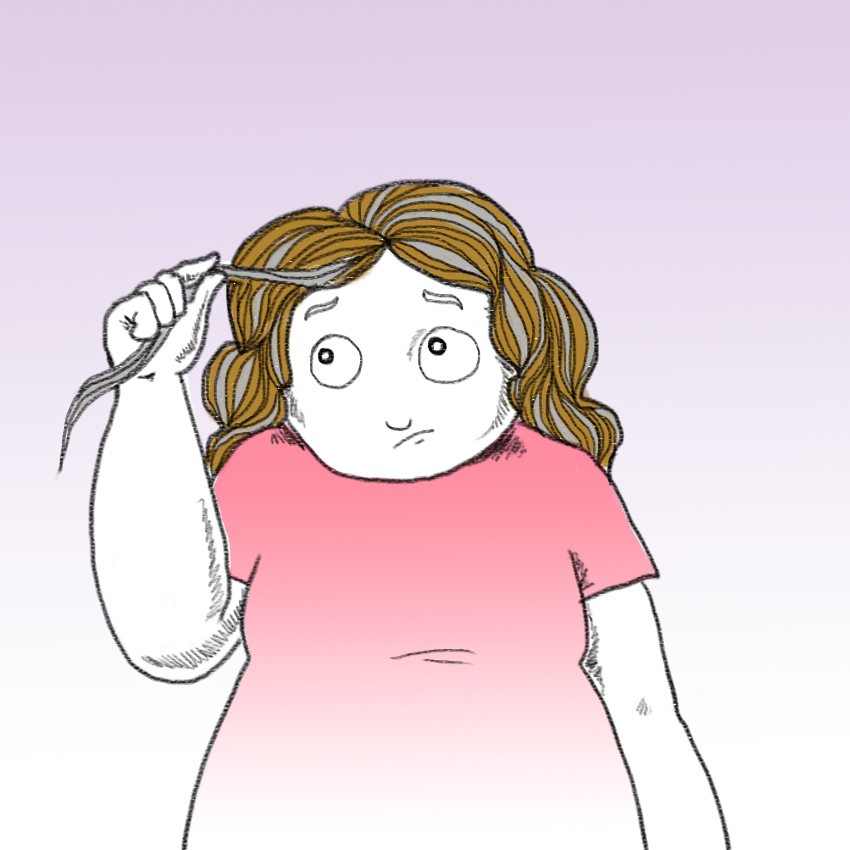
For most people, going gray is not a cause for concern, as this is usually just a natural part of getting older.
However, David Bank, MD, explained to WebMD that premature graying can also be associated with anemia, thyroid disorders, vitamin B12 deficiency, and vitiligo.
2. Creased Earlobes
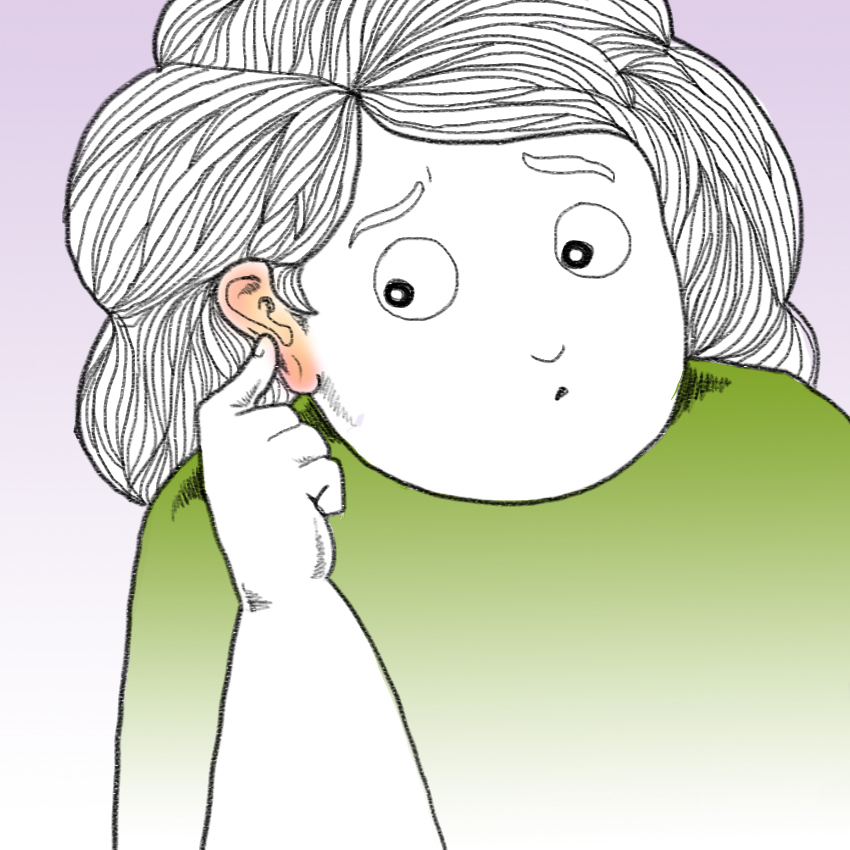
Creased earlobes are often just a sign of aging, but there is some research that says that creased earlobes can show that you have a higher risk of heart disease.
According to Healthline, if your ear has a wrinkle, fold, or crease (and isn't entirely smooth), it is a potential indicator of coronary artery disease.
3. Hooded Eyelids
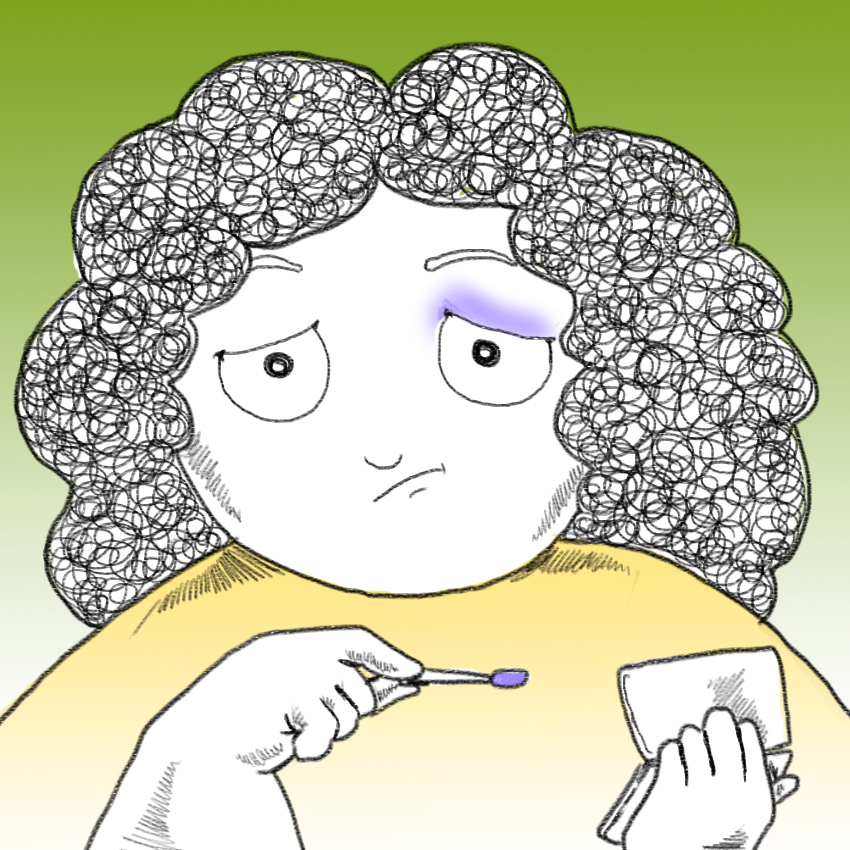
Hooded eyelids sometimes look sexy and gorgeous, but they could actually be due to more than just aging.
Although most people with hooded eyelids have them just from aging, New Zealand's Eye Institute explains that some of the other causes may be nerve problems, disease or injury, and sun exposure.
Sometimes, hooded eyelids start drooping so much that they impair your vision — if this happens to you, you may be able to qualify for an eye lift through your insurance.
4. Swollen Neck
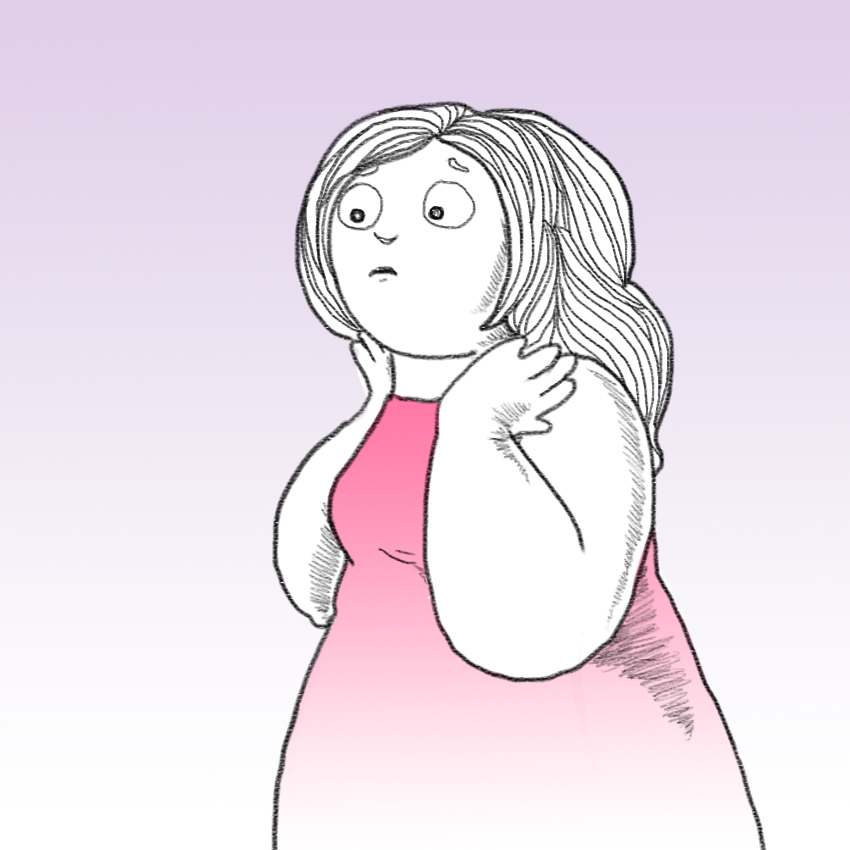
You might think that your neck is swollen because you slept strangely or some other simple reason.
However, if you have an abnormally swollen neck, it could be an indication of a thyroid problem.
Thyroid problems can affect everything from stress levels to mood, heart rate, and body temperature, explains OnHealth.
5. Unsightly Nails
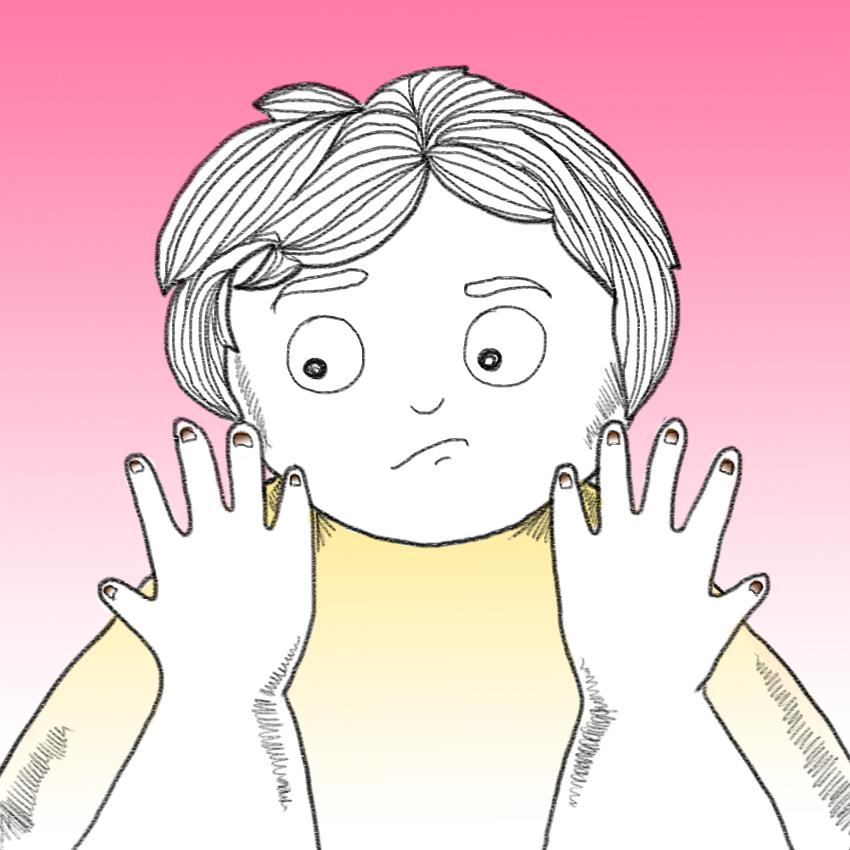
England's National Health Service explains that your nails can tell you a lot about your health — pay attention if they start changing color or shape.
According to the NHS, if your nails have a horizontal line through them, it can be a sign of poor nutrition or previous illness.
They also state that if you have spoon-shaped nails that curve outward, it can be a symptom of anemia.
6. Short Eyebrows
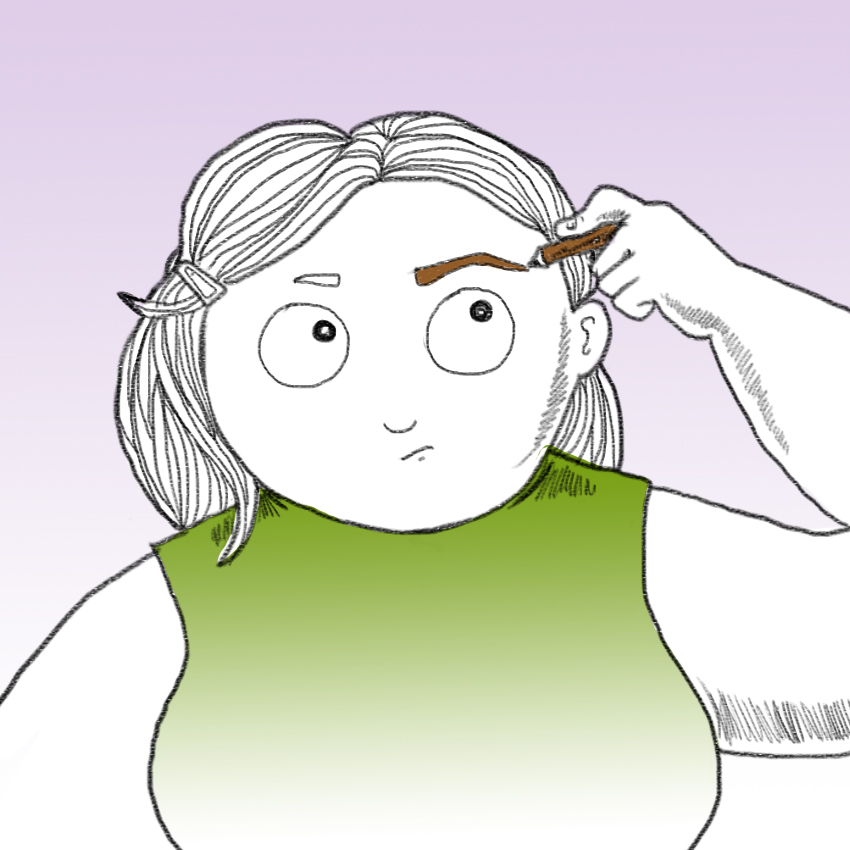
You may think that your thinning, shortening eyebrows are a sign of regular aging.
But if you're losing hair from the outside edge of your eyebrows, it could be a sign of an underactive thyroid, explains WebMD.
An underactive thyroid, or hypothyroidism, affects your hormones and metabolism.
Depending on your exact case of hypothyroidism, there may be a variety of treatment options available.
7. Not-So-White Eyes
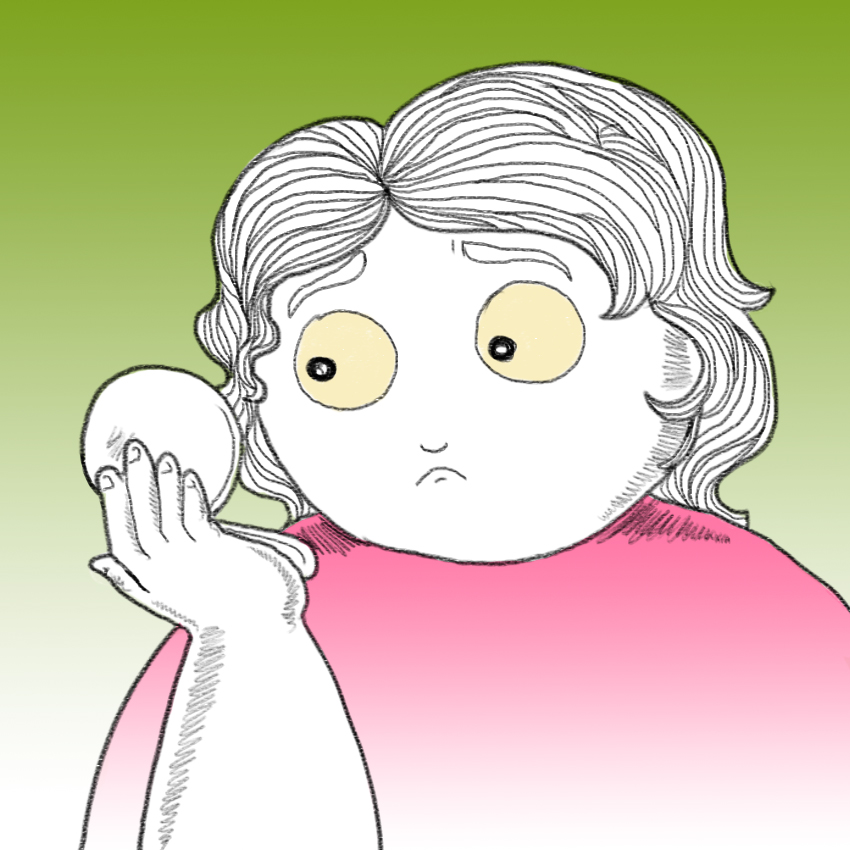
Often, yellowish eyes can just be a sign that you're worn out or tired.
But if your eyes remain yellow for longer than usual or if your eyes turn yellow when you're run down, it could be a sign of jaundice, explains MedicineNet.
According to MedicineNet, "Jaundice, also referred to as icterus, is the yellow staining of the skin and sclerae (the whites of the eyes) by abnormally high blood levels of the bile pigment bilirubin."
In adults, there are a variety of issues that can cause jaundice, so doctors will generally do an entire workup if a patient comes in with jaundice.
8. Sunless Tan
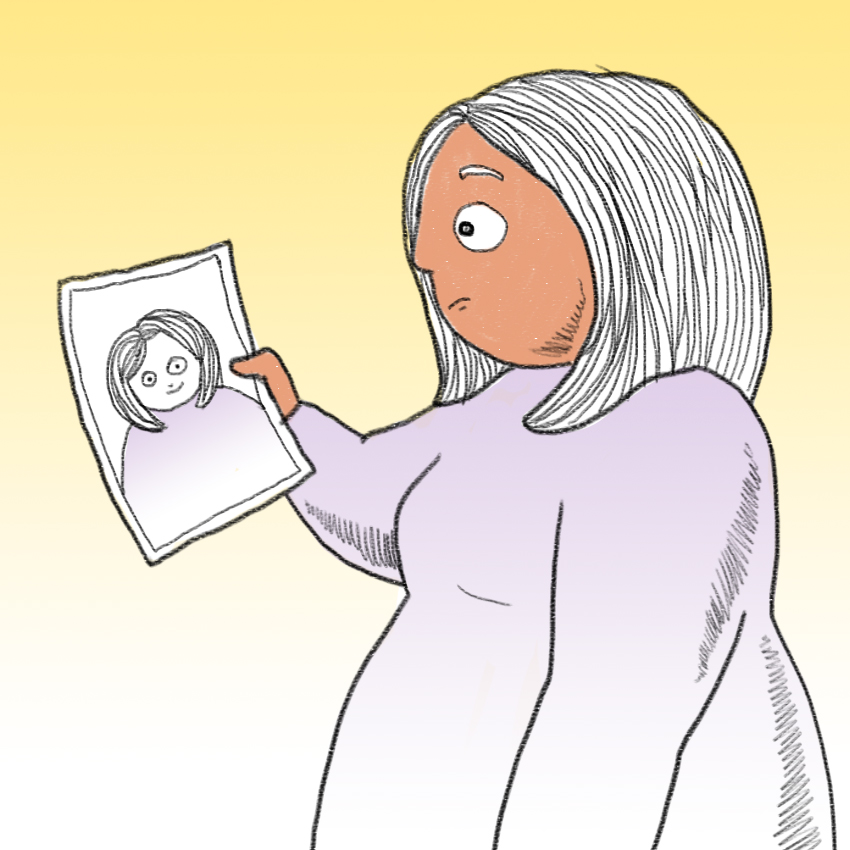
If your skin darkens even though you haven't been spending any time in the sun, it's something you should discuss with your doctor.
This could be a sign of a rare condition called Addison's disease, which can also make you achy, tired, and sick, according to the Mayo Clinic. Luckily, it's treatable.
9. Rough Spots
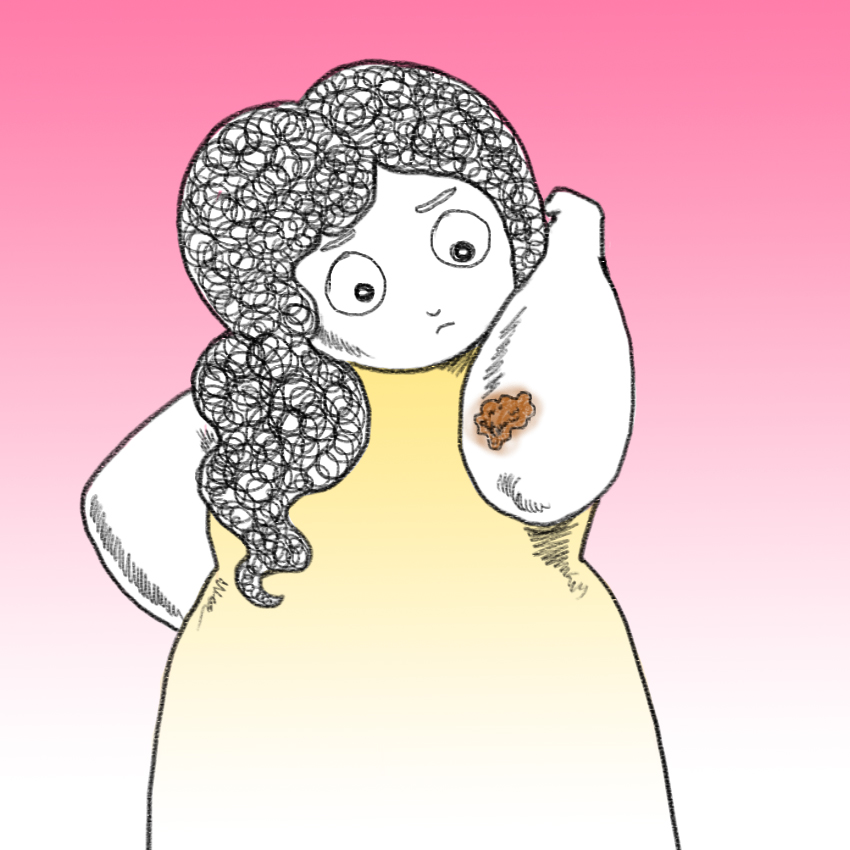
Keratoses, which are rough, crusty patches on your skin, are usually not cancerous. However, if they're triggered by sun damage, there's a chance they could be an early sign of skin cancer.
Two types of keratoses, seborrheic keratosis and actinic keratosis, are both common in adults, but are treated very differently.
Seborrheic keratosis is a non-cancerous skin growth that affects many older adults get, explains Mayo Clinic. This type of keratosis isn't usually removed, unless a person chooses to remove it for cosmetic reasons or it is irritated by clothing.
Actinic keratosis may develop squamous cell carcinoma, a form of cancer. These rough spots are generally removed to avoid the risk of cancer, explains the Skin Cancer Foundation.
10. Cracked Lips
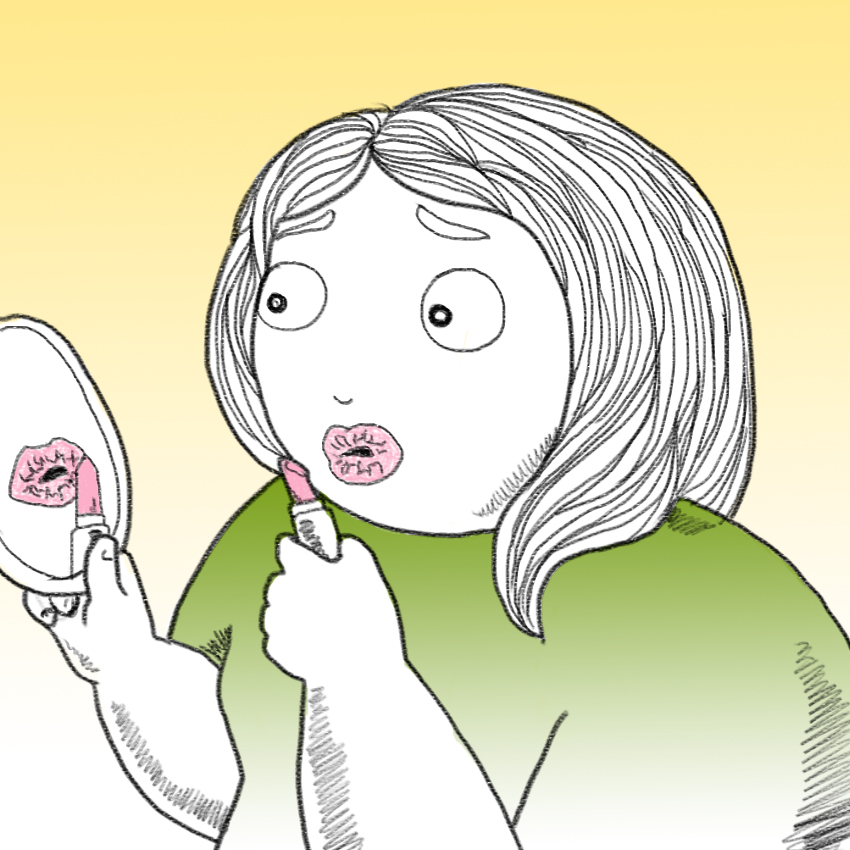
Cracked, chapped lips are often just a product of cold winter air.
But cracks at the corners of your mouth can be caused by low levels of zinc or B vitamins.
It's also possible that you're getting too much vitamin A, explains Bustle.
11. Flushed Face
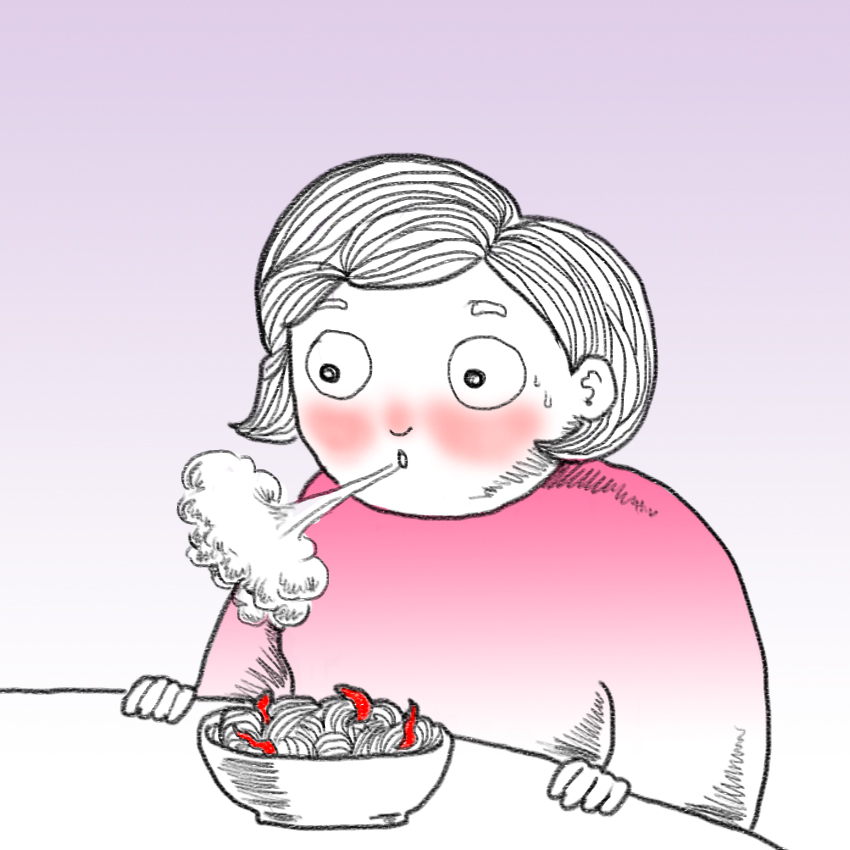
Rosacea, or rosy red cheeks and nose, affects a lot of women ages 30 to 55. According to Rosacea.Org, approximately 16 million Americans suffer from rosacea.
Rosacea can get worse with stress, spicy foods, and time in the sun, so limiting your exposure to these things can help.
You can also talk to a doctor about getting antibiotics prescribed for your rosacea.
12. Long Ring Finger
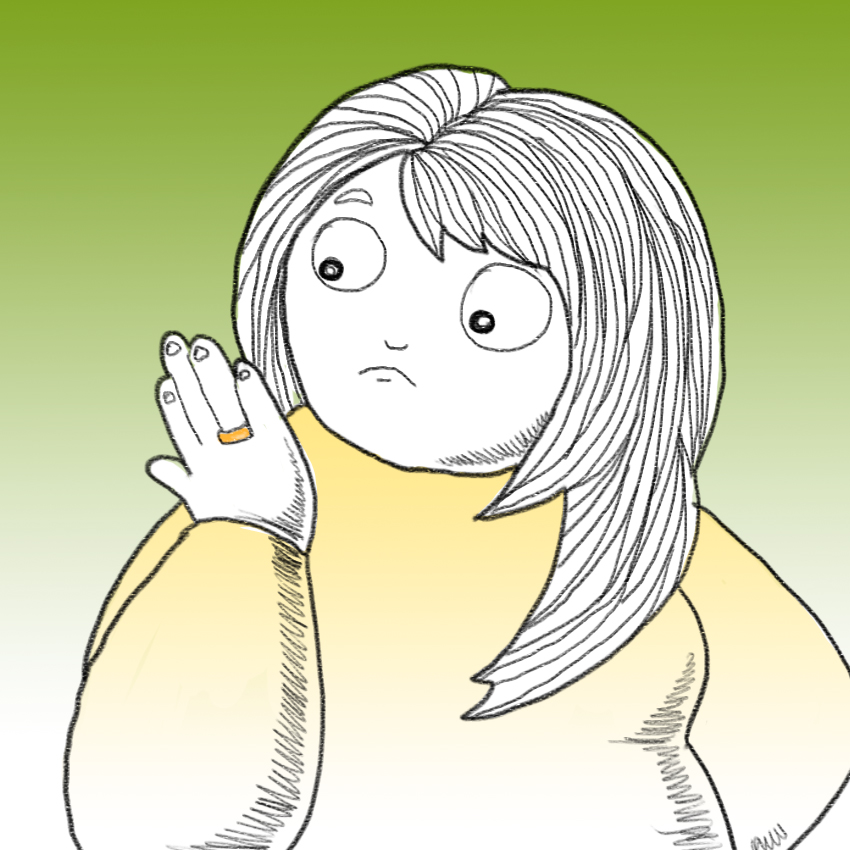
If your pointer finger is shorter than your ring finger, it means that you were probably exposed to high levels of testosterone when you were in your mother's womb.
High testosterone levels can affect you in many ways — it can give you a high sex drive and extra ambition, but it can also make you more vulnerable to knee arthritis, explains Discover Magazine.
To treat hormone imbalances, many people choose to take hormone replacement therapy; there are a range of options in this realm, explains Women In Balance Institute.
13. Chicken Skin
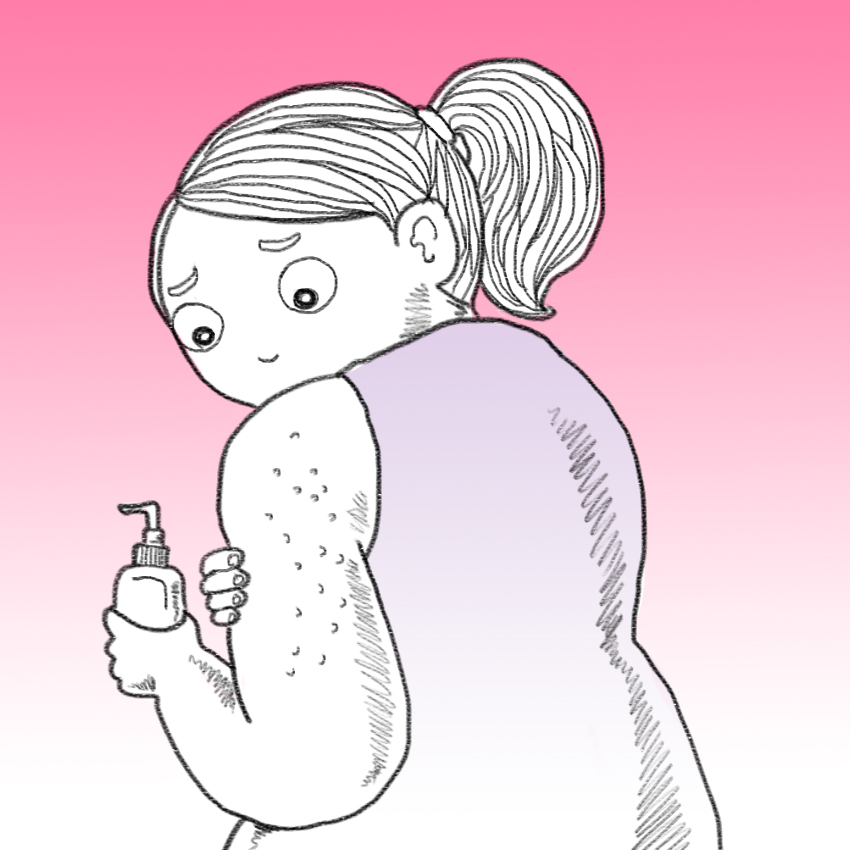
Chicken skin, or ketosis pilaris, which is caused by too much keratin, is very common — lots of people get these little bumps on the backs of their arms and thighs.
WebMD explains that keratin, which protects skin from infections and other harmful things, can build up and form plugs that block hair-follicle openings and cause small bumps.
While they're completely harmless, you can talk to your doctor about solutions.
14. Cold Feet
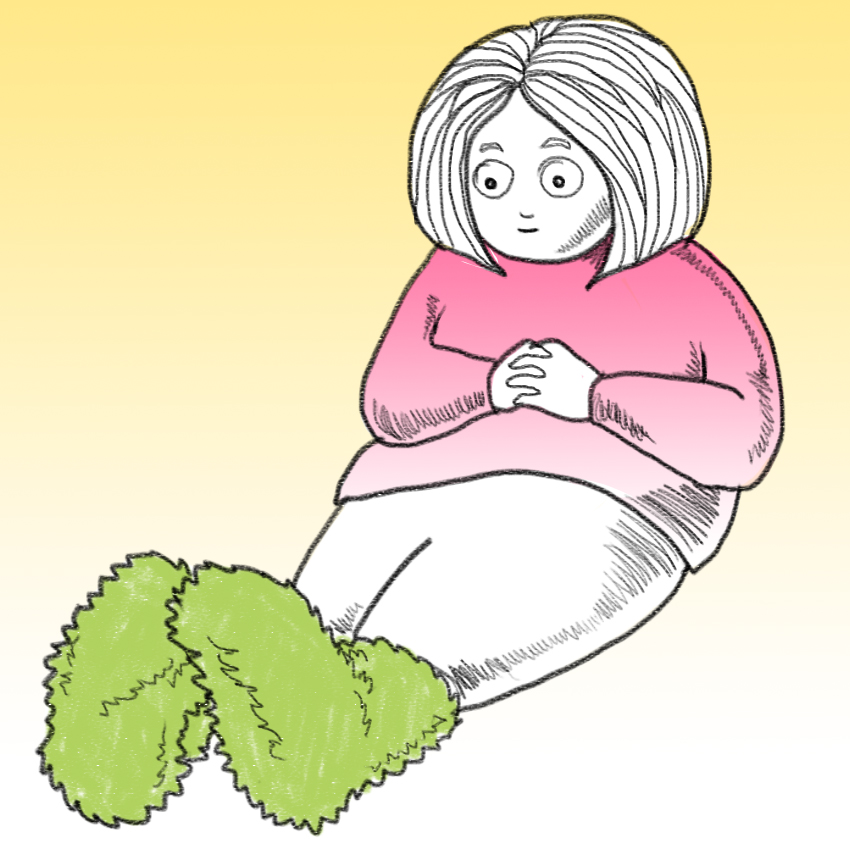
If your feet are unseasonably cold, it could be a sign of vascular disease.
Additionally, if both your hands and feet are strangely cold, it could be linked to Raynaud's syndrome, which can be a sign of several autoimmune conditions.
If you have any of the above symptoms, they shouldn't be cause for immediate concern — but you should mention them to your doctor at your next visit.
Please SHARE these important health tips with your friends and family!


